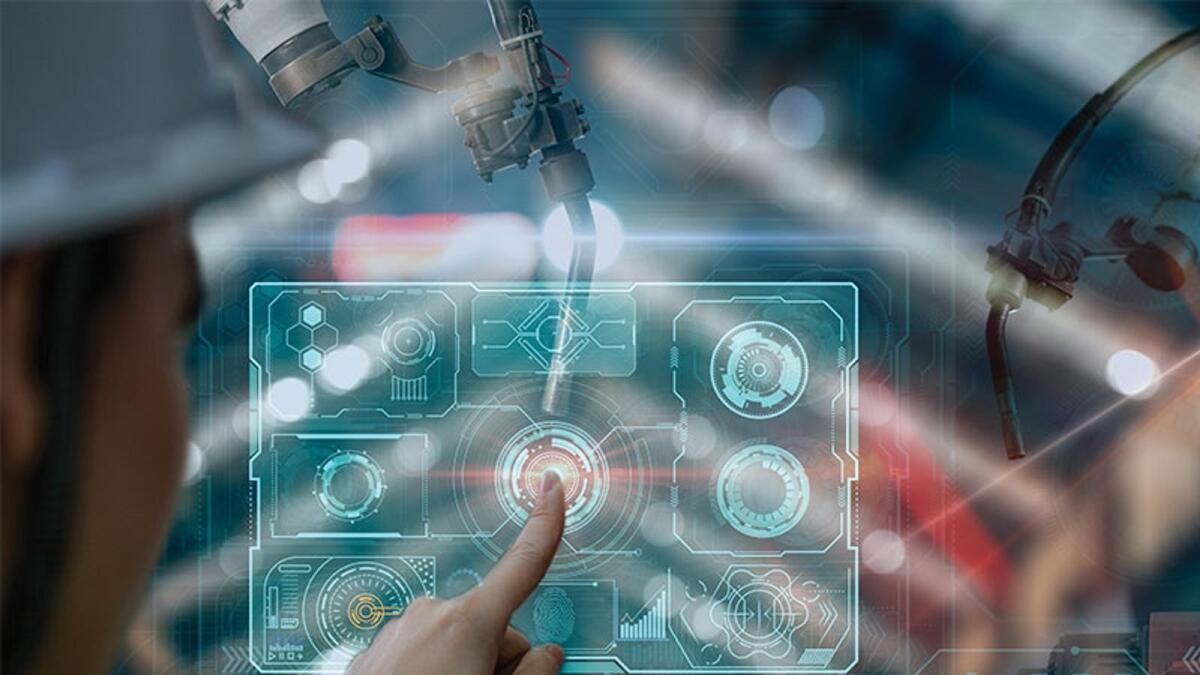Edge Computing Revolutionizes IT Infrastructure with Micro Data Centers
Data centers are no longer just repositories for information; they have become the driving force behind organizational growth and innovation. As the era of cloud computing transitions to the edge of the network, a new trend known as edge computing is emerging. This groundbreaking approach brings distributed IT with a scalable number of micro data centers.
Natalya Makarochkina, the senior vice president of Secure Power Division at Schneider Electric, highlighted the significance of edge computing in an interview with Khaleej Times. She emphasized that AI data center workloads are expanding at a rate of 2-3 times faster than traditional data center workloads. As AI technology continues to advance, it places unique demands on data center design and management.
With digital transformation at the forefront of both enterprises and governments, organizations are expanding their IT and data capabilities to keep up with demand. The UAE Digital Government Strategy 2025 is a prime example of this transformation, aiming to seamlessly integrate digital elements into overarching government initiatives. As the next wave of digital transformation brings IT to the edge of the network, Gartner predicts that by 2025, 75% of enterprise data will be created and processed at the edge.
Efficient and reliable systems are crucial in this digital economy. To achieve this, new architectures and technologies like liquid cooling, standardized designs for multiple sites management, and cloud-based analytics are essential. However, deploying edge computing poses various challenges. Poor resilience, limited availability of IT staff, lack of physical security measures, cybersecurity concerns, and the absence of standardization and integration can complicate the process.
Edge computing offers a critical advantage by keeping data processing close to its original location, reducing cloud traffic and carbon emissions. To optimize edge deployments, efficient data center infrastructure management systems (DCIM) are imperative. Schneider Electric proposes integrated systems, next-generation DCIM, and an ecosystem of partners to address these challenges and create faster and more reliable edge computing networks.
In addition to these advancements, data center sustainability plays a vital role in the deployment of data centers. Schneider Electric recognizes its responsibility to curb emissions in an industry that accounts for 1-1.13% of global energy use. They encourage data center owners and operators to focus on energy efficiency and sustainability. By measuring greenhouse emissions, water usage, waste, and energy consumption, operators can assess their environmental impact and achieve operational efficiencies.
Schneider Electric has partnered with the University of Birmingham Dubai to establish one of the UAE’s most advanced on-site data centers. This energy-efficient data center operates at peak performance, saving up to 15% of energy consumption. They have also released a standardized environmental metrics-reporting framework to help providers and companies measure their sustainability efforts.
Furthermore, Schneider Electric recently launched a new partner program to meet the growing market demands driven by digital transformation. This program aims to enhance transparency, knowledge sharing, and agility for partners to be future-ready. By collaborating with channel partners, Schneider Electric can provide strategic advice and holistic solutions to customers’ digital and sustainability journeys.
Artificial intelligence (AI) is disrupting various sectors, necessitating changes in data center design and operation. AI workloads are projected to grow significantly by 2028, demanding increased power supply, rack configuration, and cooling. To fully optimize AI’s potential, businesses must adapt their infrastructure to accommodate this growth. Schneider Electric has launched a guide to address the design challenges posed by AI-driven workloads.
While AI brings both growth and pressure on systems, it also offers solutions for capacity building and smart data centers. Digital twins, for example, play a crucial role in improving data center efficiency. They enable sustainable operations by collecting data from various sources while accurately assessing costs and environmental impact.
As the world embraces edge computing and AI-driven technologies, organizations must adapt their IT infrastructure to leverage the benefits of these advancements. With innovative solutions and a commitment to sustainability, Schneider Electric is at the forefront of this revolution, driving the future of data centers and empowering organizations to thrive in the digital era.

I have over 10 years of experience in the field of cryptocurrency and blockchain technology. I have attended numerous conferences and events around the world, and my work has been featured in major publications such as CoinDesk, Bitcoin Magazine, and Yahoo Finance.

